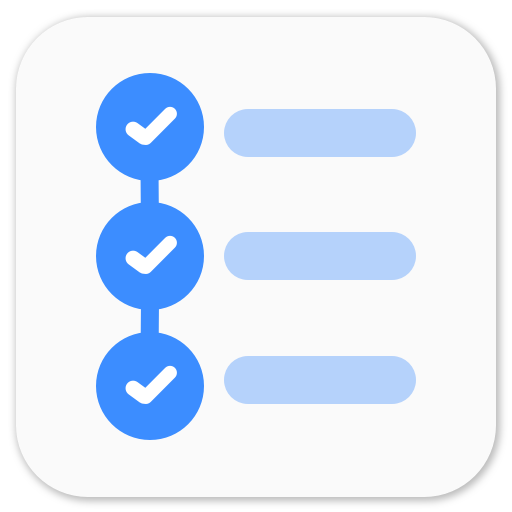Add Middleware to your Redux architecture implementation
Middleware is a crucial part of Redux architecture. It helps you have side effects in your Redux architecture - making asynchronous API calls, querying your database, handling navigation, logging, etc. No Redux implementation is complete without side effects or middleware. It’s what drives your app.
In the previous article, we went through an intense journey of writing our own implementation of Redux architecture in Kotlin. In this article, we implement the middleware and finish the working Redux implementation.
Recap
In the 2nd article of this series - Middleware in Redux architecture for android application, we go through the definition of Middleware and see how it fits in the Redux unidirectional flow. After getting to know the concept, we implemented a rough schema of the middleware and we’ll improve upon it below. I would advise you to go through the article if you haven’t.
Define Middleware
As discussed in the previous articles, Middleware is a bridge between two parts of the software. Here, Middleware is the bridge between Redux and Side effects.
A middleware takes State and Action as input parameters and returns Action (same as input parameter or some different action). The middleware does not update the state but may update the action.
typealias Middleware<State> = (State, Action, Dispatch) -> ActionWe pass reference of Dispatch to the middleware because we want to dispatch some action when asynchronous work is finished.
Middleware chain
Redux supports multiple middleware which do different stuff for different actions. So in this implementation of Redux, we are going to create a chain of Middleware. In this chain, Redux store calls the first middleware. The first middleware calls the second one and so on. This is similar to OkHttp where you have a chain and you may update the request and call chain.next() to send it forward.
typealias Next<State> = (State, Action, Dispatch) -> Action
typealias Middleware<State> = (State, Action, Dispatch, Next<State>) -> ActionWe redefine Middleware to include Next. Middleware does not know what Next is. It’s just supposed to invoke it and return its result (if need be).
This is how a Middleware implementation would look like.
fun searchMiddleware(state: AppState, action: Action, dispatch: Dispatch, next: Next<AppState>): Action {
return when(action) {
is Search -> {
SearchApi.search(action.query)
LoadingSearch
}
else -> next(state, action, dispatch)
}
}Here, the search middleware calls our search API when it receives Search action. We decided that we do not want to call the rest of the chain, so we return LoadingSearch action. If this action is something else, the middleware just calls next and returns the value.
Add Middleware to the Store
We’ll create a chain of middleware and apply it before we reduce the state.
The code may look confusing for a bit. But it’s actually quite easy. We create a chain using recursion.
next(index) method creates Next<State> for the middleware with the index in the list of middleware. It’s a higher order function which when invoked should apply the middleware. But the middleware requires Next to continue the chain. So we call next(index+1) to get the next middleware chain.
So we start with next(0). It returns a function which would invoke the first middleware and continue the chain with next(1). next(1) would invoke the second middleware and continue the chain with next(2) and so on. When we run out of middleware, we just return a function which returns action as is.
The middleware chain may alter the action and we reduce the state with the altered action.
Middleware examples
This would get easier if we work through couple of examples of middleware.
Logger
fun loggerMiddleware(state: AppState, action: Action, dispatch: Dispatch, next: Next<AppState>): Action {
Log.d("middleware", "action in <-- $action")
val newAction = next(state, action, dispatch)
Log.d("middleware", "action out --> $newAction")
return newAction
}We will make sure to add this middleware first in the list so it always gets called.
Search API
fun searchMiddleware(state: AppState, action: Action, dispatch: Dispatch, next: Next<AppState>): Action {
return when(action) {
is Search -> {
SearchApi.search(query, dispatch)
LoadingSearch
}
else -> this
}
}
class SearchApi {
fun search(query: String, dispatch: Dispatch) {
doAsync {
val result = magicSearch.search(query)
uiThread {
if (!result.success) {
dispatch(SearchError)
} else {
dispatch(SearchResultsLoaded(result))
}
}
}
}
}Redux does not support multithreading so dispatch must be called on UI thread.
Middleware integration
Let’s add these two middleware to our store.
It’s quite easy now. In Redux, thanks to Kotlin, everything is a higher order function and it may have a steep learning curve but it gets easier and quite fun.
Summary
Our Redux architecture is quite complete now. It doesn’t involve crazy hacks, weird syntax and other complexities. You should be able to integrate this implementation in your app.
An example article is coming up. In the next article, I will focus on using this Redux implementation with a complex app so that you can do it yourself too for your own app.


